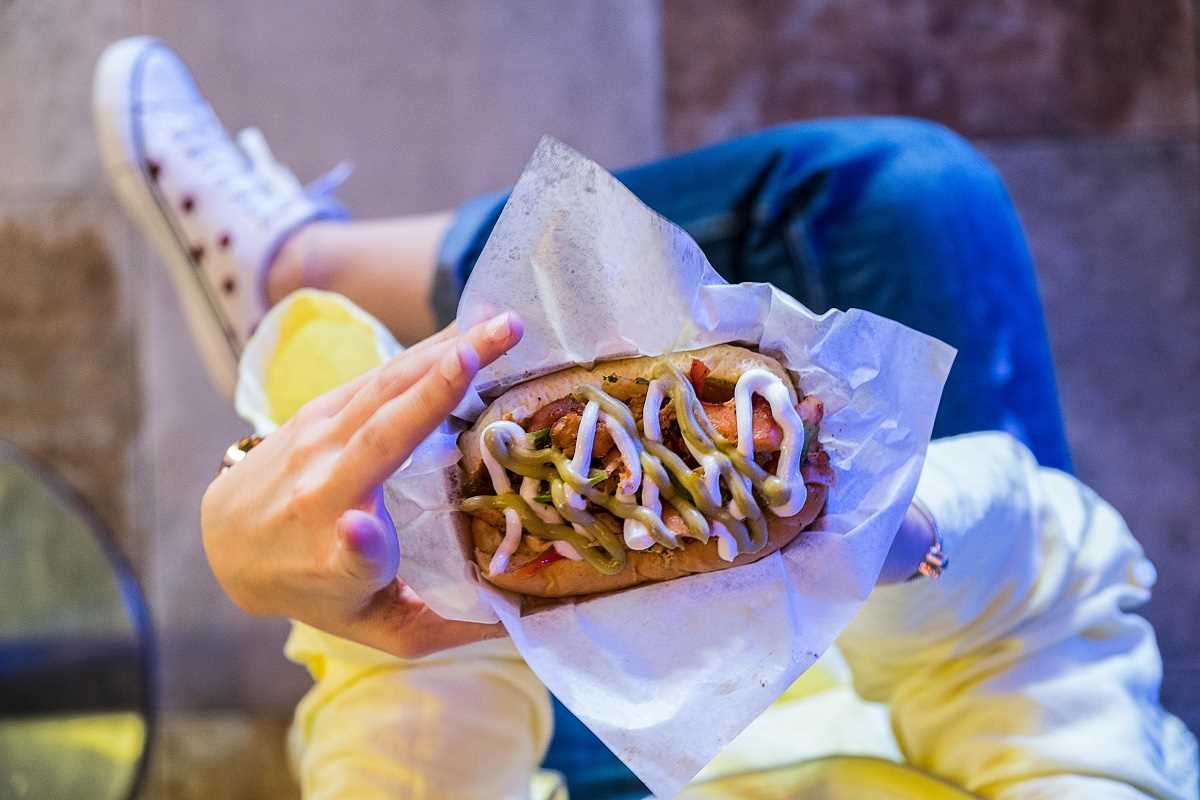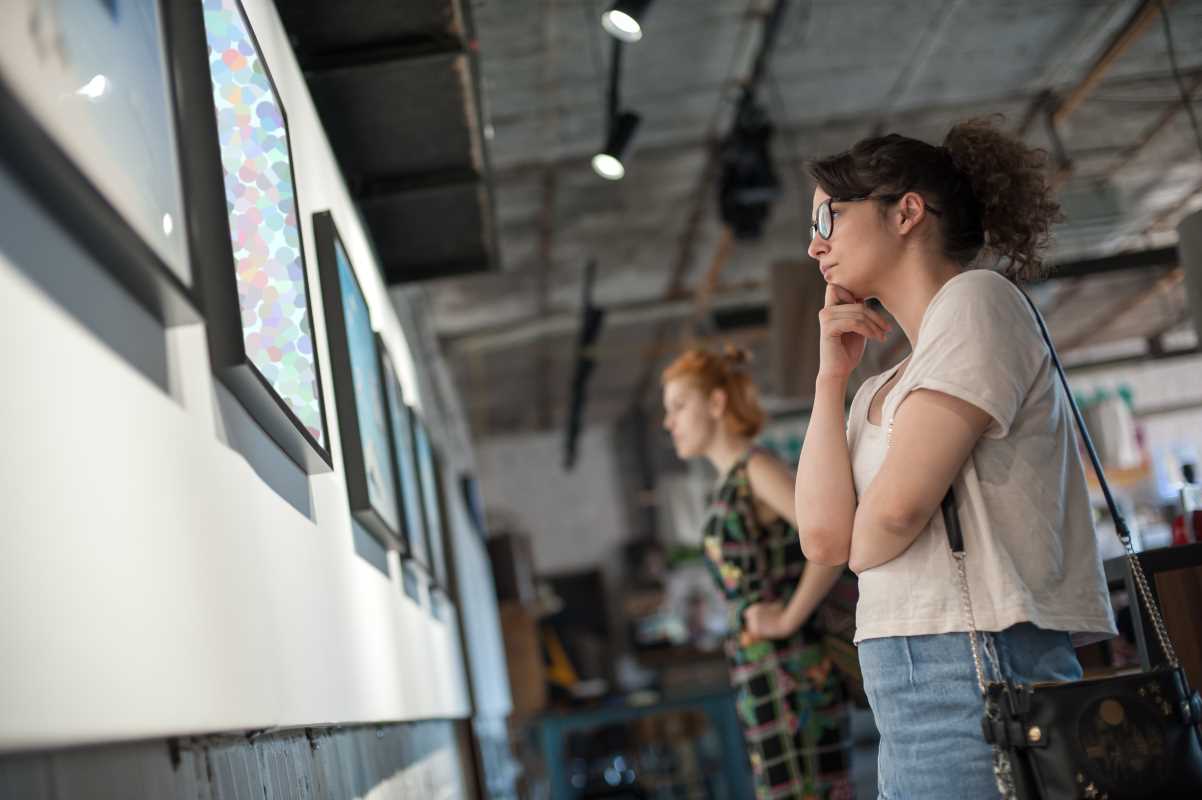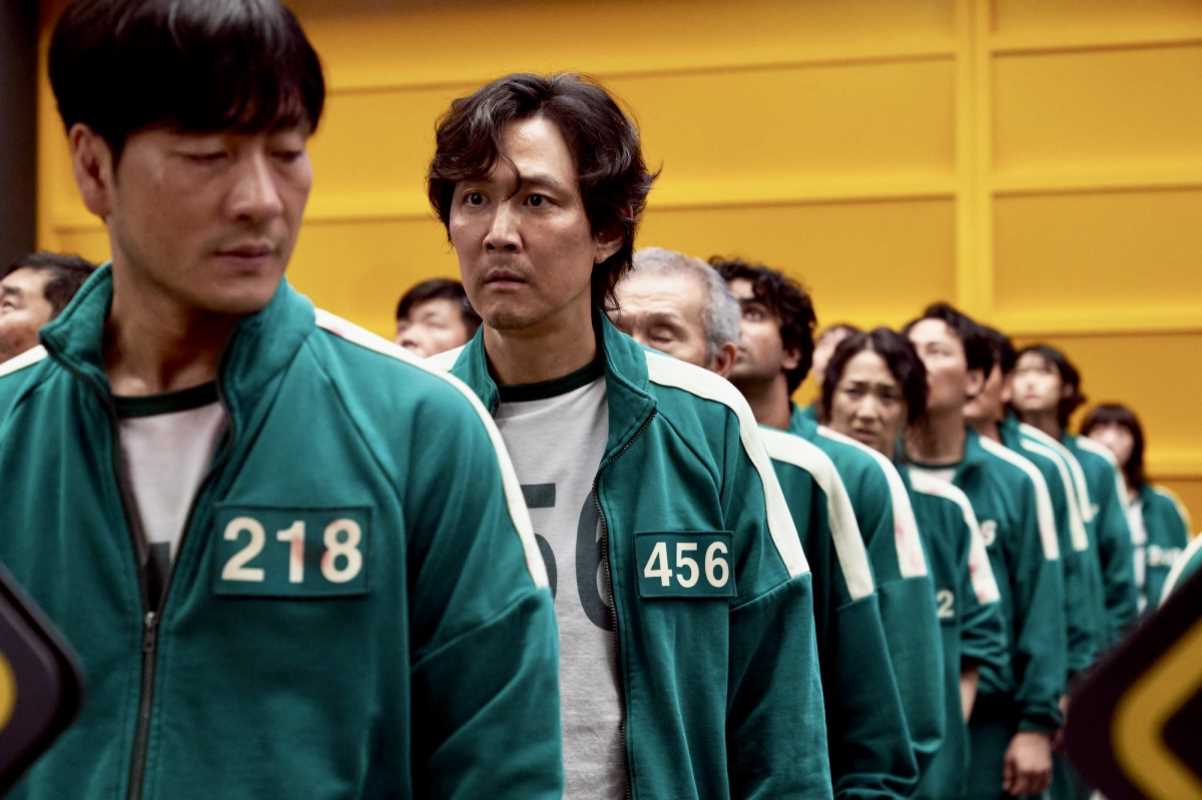Street food has always been about more than just satisfying hunger; it’s a cultural phenomenon, a social experience, and, increasingly, an artistic statement. The vibrant, eye-catching presentation of street food has made it a powerful influence on pop culture trends. From shaping social media aesthetics to inspiring fashion collections and redefining lifestyle choices, street food has transcended its origins to become a key player in how we look, consume, and live.
With street food staples like tacos, bubble tea, and gourmet food trucks taking center stage, their visual appeal has played a major role in their crossover from culinary delight to cultural icon. Coupled with the rise of social media platforms like Instagram, which thrive on shareable, visually stimulating content, street food has found its way into the heart of global pop culture. But how exactly has this happened?
The Role of Visual Appeal in Pop Culture
One of the reasons street food has become such an influential force is its striking visual presentation. Think sparkling rainbow-colored bubble tea, succulent tacos brimming with vibrant toppings, or towering burgers dripping with sauce, all designed to grab attention at first glance. This aesthetic allure has made street food an ideal candidate for the “Instagrammable” age, where presentation and photogenic qualities often matter as much as taste.
Street food vendors have embraced this trend by putting as much effort into how their offerings look as how they taste. Neon food wrappers, artfully arranged plates, and even the trucks themselves decked with colorful murals have all turned street food into visual art. This attention to aesthetics naturally lends itself to the world of pop culture, where visual identity is everything.
The Instagram Effect
Instagram has arguably been the single biggest catalyst in elevating street food aesthetics to pop culture prominence. The platform’s photo-driven format has encouraged people to document and share their culinary adventures, turning street food into a global spectacle.
Consider the rise of bubble tea, which originated in Taiwan but has become a worldwide sensation. From its pastel hues and quirky tapioca pearls to creative add-ons like whipped cheese foam, bubble tea is inherently photogenic—and Instagram feeds have amplified its reach. People flock to bubble tea shops not just for the drink itself but for the chance to snap that perfect photo, complete with chic cups, branded straws, and funky backdrops provided by the cafes.
Similarly, tacos have transformed from being a humble Mexican street food to a pop culture powerhouse. Oversized tortillas packed with colorful peppers, avocado slices, and fresh cilantro make for an unbeatable Instagram post. Creative taco designs—like sushi tacos, dessert tacos, or even tacos featuring edible gold—show how presentation transforms a simple dish into a pop culture phenomenon.
The hashtag culture of Instagram has also fueled this movement. Search #FoodPorn, #StreetFood, or #BubbleTea, and you’ll find millions of carefully curated snapshots. These posts not only help spread awareness of specific cuisines and foods but also spark lifestyle trends as followers attempt to recreate or consume these visually iconic dishes.
Street Food Meets Fashion
The aesthetics of street food have had a surprising impact on the fashion world. Designers are drawing inspiration from vibrant visuals, bold color palettes, and the cultural narratives embodied in street food. The result? Fashion collections that feel as dynamic and playful as the foods they honor.
Luxury fashion brand Moschino, known for its bold and quirky collections, cheekily paid homage to fast food (a close cousin of street food) with its McDonald’s-inspired runway collection, featuring ensembles mimicking fries and burger wrappers. Similarly, brands like Supreme have incorporated street food icons like food trucks and snack packaging into their designs.
Streetwear culture, in particular, aligns closely with street food. Both are rooted in urban life and celebrate creativity and individuality. Hoodies and T-shirts bearing prints of iconic tacos, boba teas, or neon food truck graphics have become a staple in streetwear, blending food aesthetics seamlessly into daily fashion.
It’s not just clothing either. Accessories like handbags shaped like dumplings or earrings resembling miniature tacos showcase how street food aesthetics are permeating personal style. This playful and unconventional approach reflects the fun, unpretentious spirit of street food.
Lifestyle Trends Inspired by Street Food
Beyond its influence on fashion and social media, street food aesthetics have also impacted broader lifestyle trends. Experiential dining, which prioritizes not just the taste of food but the overall sensory and social experience, is a direct result of the street food movement.
Food trucks, for example, have created a culture where the dining experience feels both communal and adventurous. Their bold exterior designs and constantly changing menus generate excitement, while their mobility allows them to bring gourmet street food to unexpected places. Food truck festivals, now commonplace in major cities, have become cultural events in their own right, combining food, music, and art into one eclectic celebration of urban living.
Street food’s global aesthetic appeal has also fueled culinary tourism. Travelers planning their next vacation destination often prioritize visiting local street food markets, such as Bangkok’s vibrant stalls, Cartagena’s colorful arepas vendors, or Istanbul’s bustling spice-filled bazaars. This trend has been captured in travel content across platforms like YouTube and TikTok, solidifying street food as a key element of modern exploration and adventure.
Additionally, the ethos of street food has influenced how people eat at home. DIY taco nights, bubble tea kits, and food videos teaching the art of plating street food dishes have encouraged home cooks to adopt the vivid aesthetics of street food into their own kitchens. Effortless yet creative, this cooking style embodies the same joyful energy that makes street food resonate globally.
Cultural Significance in Pop Culture
Part of what makes street food so enduring is its deep cultural significance. Each dish tells a story about its place of origin, from the bustling taco stands of Mexico to the artisanal hotdog vendors of New York City. These food items offer a tangible connection to a locality, providing an authentic piece of culture that becomes a talking point in pop culture narratives.
For instance, consider how bubble tea has come to symbolize not only a millennial trend but also broader themes of Asian identity and modernity. Bubble tea shops have become cultural hubs, offering more than drinks—they provide a space where people celebrate Asian culture through both food and community. Events like National Taco Day, celebrated actively on social media, serve as another example where food becomes a cultural connector, crossing borders to bring people together over a shared love of something simple yet impactful.
Celebrities and influencers also play a significant role in this phenomenon. Famous personalities like Chrissy Teigen frequently highlight street foods, from Thai markets to LA taco trucks, further embedding these foods in pop culture discourse. Their endorsements not only validate street foods’ cool factor but also inspire others to seek them out.
Social Media's Influence on Future Trends
Street food’s integration into pop culture is far from static—it’s an ongoing trend that shows no signs of slowing down. As TikTok introduces new food challenges and Instagram reels highlight viral dishes, street food continues to evolve and influence. Unique food presentations, like rainbow bagels, galaxy-inspired cakes, or glitter-dusted milkshakes, have set the stage for what’s essentially a constant reinvention of street food aesthetics.
Moving forward, expect to see more cultural fusion street foods, innovative packaging designs that improve sustainability while retaining visual appeal, and even virtual food experiences that bring aesthetics to the digital realm. Wearable tech like smart glasses may enable us to capture and share these visually stunning moments faster and more vividly than ever before.
A Feast for the Eyes—and the World
Street food has become much more than quick sustenance; its aesthetics have turned it into a cultural powerhouse that merges taste, art, and identity. Its influence across social media, fashion, and lifestyle trends proves that food aesthetics matter—and not just for looks. They tell stories, create connections, and inspire exploration, making street food not just a part of global culture but a leader in shaping it.
The next time you snap a photo of a perfectly stacked taco or scroll past a glittery boba shot, remember—you’re witnessing a modern art form born on the street and celebrated on a global stage. And that’s the delicious beauty of it all.
 (Image via
(Image via





.jpg)